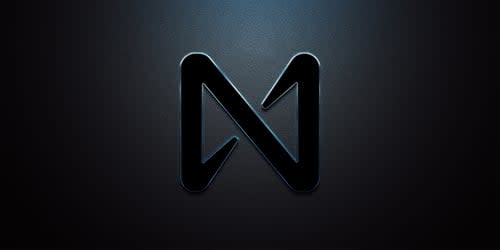-
In totality, the near blockchain has had over 294 million transactions, Of which 249 million were successful and 42.8 million were unsuccessful.
-
Transactions peak on the blockchain on August 21 2022 at over a million transactions.
-
Users of the chain have paid over 507 thousand in near tokens to be able to transact on the chain as shown on the cumulative transaction fees chart and their also consumed over 5 billion gas.
-
After further breaking down transactions in to the total number of old vs new wallets transacting daily, I found out that majority of them are old users.
-
Old users have a total transaction count of 243 million, while new users have made just over 6.7 million transactions.
-
As much as new users are still transacting, they not as transacting as much as the old users as seen on the old vs new transaction wallet marketshare chart. This can mean that old users are loyal to the chain. On the other hand it could also mean the chain isn't doing enough to onboard new users as frequent.
-
This section is basically about the value of the transactions being made.
-
Cumulatively they've been around 8.15 billion in values from day to day transactions from the chain since it started operating.
-
Transactions value peaks on the month of October 2020 at around 1 billion in near tokens transacted that month.
-
Old users have been the category mostly contributing to the transaction value as they have a larger market share than. They've transacted a worth of about 7.9 billion in near compared to the 165 million of the new users.
- The total dex transactions from the
near.core.ez_dex_swapstable shows that they've been around 3.2 million transactions / swaps based on the dexes on the blockchain.
The peak came in at 39 thousand transactions on 18th February 2022
- The near blockchain has had over 294 million transactions, with 249 million successful and 42.8 million unsuccessful.
- Transactions on the blockchain peaked on August 21, 2022, at over a million transactions.
- Users have paid over 507 thousand in near tokens to transact on the chain and consumed over 5 billion gas.
- Majority of daily transactions are made by old users, with a total transaction count of 243 million compared to just over 6.7 million by new users.
- The value of transactions made on the near blockchain has been around 8.15 billion in near since it started operating.
- Old users have contributed the most to the transaction value with a worth of about 7.9 billion near, compared to the 165 million contributed by new users.
NEAR Protocol (NEAR) is a blockchain-based decentralized application platform to power the future open web and serves as a collective, a foundation, and a development platform. Users can create new coins, applications, and industries on this web without the need for a central authority to oversee the process. The platform executes apps that share a secure pool of resources; these applications use data and identities entirely controlled by users.
Conventionally, centralized cloud servers run by tech giants host most applications. As a result, data becomes vulnerable to censorship, hacking, and manipulation. On the other hand, if the cloud that hosts these applications is managed by a global community that is open to everyone, the process becomes transparent. So, users can keep high-value assets such as money, identities, and digital assets on these platforms and use them safely without the need for an intermediary or platform interference.
Interestingly, there are three main barriers to mainstream decentralized applications—a small user base, a limited ability to scale them to accommodate a large community, and security challenges. According to the whitepaper, NEAR aims to progress from traditional decentralized application platforms by overcoming these difficulties. The platform proposes to solve the problem of scalability through sharding. Before getting into the specifics of what this entails, it's necessary to understand the three primary functions of blockchain nodes: processing transactions, relaying validated transactions and completed blocks to other nodes, and storing the network's state and history. Nodes are entities that issue and validate transactions. As network congestion increases with an increasing user base, these tasks become more difficult for nodes to complete. Sharding minimizes the computational load by separating or partitioning the network into "shards." This technique requires each node only to execute code relevant to its shard. Hence, this allows shards to parallelly compute and increase the network's capacity as the number of nodes grows.
Further, the most fundamental infrastructure in the NEAR Protocol is the core platform, which comprises a cloud of community-operated nodes. Smart contracts can be deployed to this cloud. Users can use the applications they power without needing permission from a central agency. Smart contracts are just like regular contracts. However, instead of being drafted on paper, these contracts run in the form of protocols on the blockchain. Applications can securely store their data, ranging from games to digital currency, on the platform.
-
The aim of this dashboard is to analyze near transactions through out the chain.
-
To increase flexibility, I have developed parameters that allow for adjusting the timing of data retrieval.
-
Also to have a complete analysis of near blockchain transactions I have broken the dashboard into sections.
-
Blockchain Transaction sections. I got the data for this section mostly from the
near.core.fact_transactionstable and thenear.core.fact_transferstable. -
Transaction Value. Here I look at the values being transacted.
-
Dex Transactions. I used the
dex_swapstable to help me accurately fetch the data for this section.
